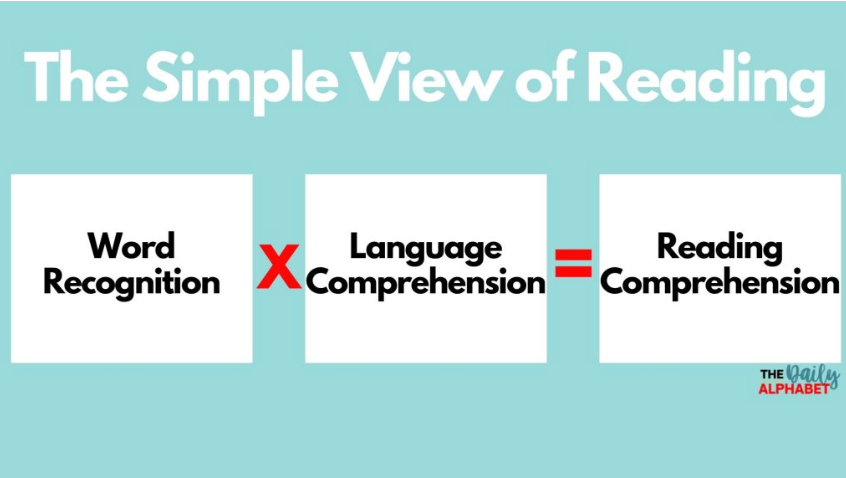Reading is NOT a Natural Process
- Meghan Schelzi
- Sep 2
- 2 min read
In evolutionary terms, human speech developed as early as 100,000 years ago…meanwhile, alphabet systems were invented only a little more than 5,000 years ago and were not widespread until about 500 years ago. (Speech to Print, Moats).
Learning to READ is not biologically wired into our brains like learning to SPEAK.
So it would make sense that about 60% of children struggle to learn to read.
“Learning to read is not as natural or biologically ”wired in" as are speaking and listening." (Moats).
Reading therefore, must be explicitly taught directly to children in a systematic and sequential way.
If the end goal of successful reading practice is reading comprehension, or put another way; reading to learn, we MUST equip children with the ability to be fluent with both word recognition and language comprehension, as the two combined are what lead to reading comprehension.
When I used to work with 3rd and 4th graders, I would find that many who were considered “good readers” struggled to spell.
This was typically because they lacked a strong foundation for decoding, due to gaps in foundational phonics skills. While this still looks like “strong reading” in 3rd and 4th grade, as texts become more challenging, not only does accuracy and fluency break down, but so does comprehension. (And, spelling continues to be an overwhelming challenge.)
Empowering children with a solid foundation for decoding early in their learning is the mission that drives Next Step Education every day.
And with that mission fueling our learning - our fall program is off and running!
Happy back to school!
Ms. Schelzi




Comments